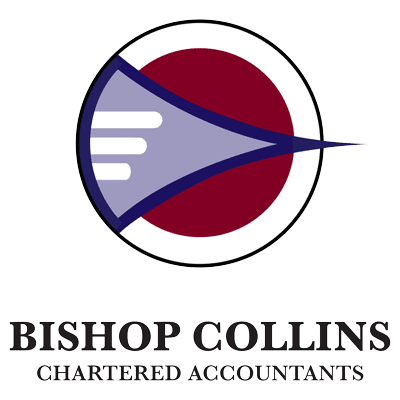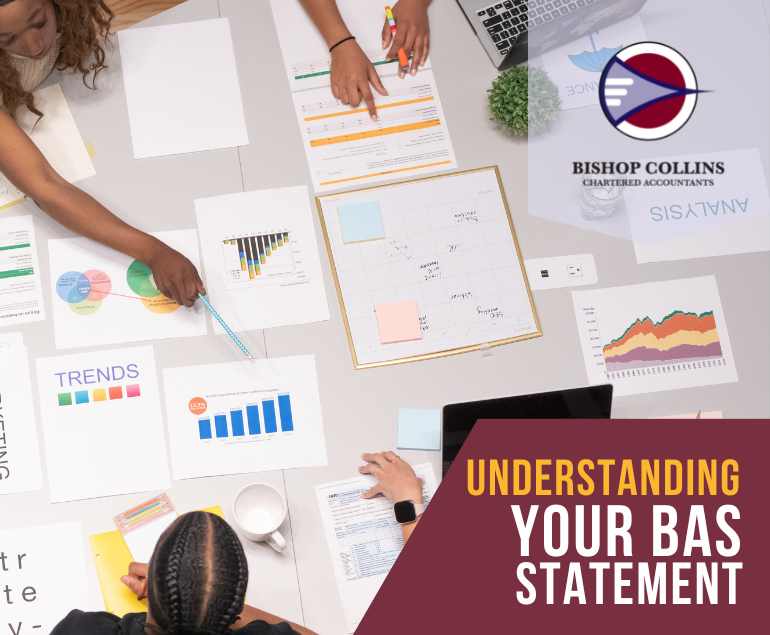If you own or manage a business here in Australia, it’s likely that you are required to submit a Business Activity Statement (better known as a BAS) to the Australian Taxation Office (ATO) on a regular basis. Understanding your BAS is essential for ensuring you comply with your ongoing tax obligations and avoid any potential costly penalties and interest being applied by the ATO.
In this article, we’ll be providing an overview of the BAS statement and strive to explain the best way how to read and understand it.
What is a BAS Statement
A BAS statement is a document that most businesses in Australia are required to prepare and submit to the ATO on a regular basis. Your BAS will report and pay the businesses’ Goods and Services Tax (GST), as well as other taxes and obligations, such as Pay as You Go withholding (PAYGW), Pay As You Go instalments (PAYGI), and Fringe Benefits Tax (FBT). Most BAS statements are typically submitted on a quarterly basis, but some businesses may be required to submit it monthly or annually, depending on their circumstances.
The BAS statement is a key tool that the ATO uses to monitor compliance with tax laws and regulations, in combination with lodgment obligations including Single Touch Payroll (STP) and annual income tax returns.
 Understanding Your BAS Statement
Understanding Your BAS Statement
One of the most common questions we’re asked is “how to do a BAS statement on my accounting software”. Well, to know how to do it properly it’s first important to understand what exactly it is, and why it’s important. When you have your bookkeeper provide you with your BAS statement, it’s important to carefully review it to ensure that all the information is accurate and complete. The following are some key elements of the BAS statement you should review and ensure they are still correct for your business:
Business and Contact Details
The first section of the BAS statement will typically include your business name, ABN, and contact information. It’s important to ensure that these details are accurate and up to date, as any errors could result in delays or penalties.
This section of the BAS will also state the “GST Accounting method”. The two different accounting methods of reporting are as follows
- Cash – Pay GST collected and claim credits in the period customer and supplier invoices are actually paid.
- Accruals – Report and pay GST in the period the invoices are issued, even if they remain unpaid at the end of the period.
Businesses with a gross turnover of less than $10 million can choose to account for their GST using the cash accounting method.
It is very important you understand if your business is using cash or accrual for GST as the two different methods can often result in very different outcomes from period to period.
Tax Period
The BAS statement will indicate the tax period that the statement covers. This will typically be a quarterly period ending 30 September, 31 December, 31 March and 30 June each year. It’s important to ensure that the tax period is correct and that you are submitting the statement by the due date.
GST Information
The GST section of the BAS statement will show the amount of GST that you have collected on sales and the amount that you have paid on purchases. You will need to calculate the difference between these amounts to determine the net amount of GST that you owe or are entitled to receive as a refund. This amount will vary depending upon the reporting method you are using, being cash vs accruals.
You may also be able to use a second option which allows you to pay a quarterly instalment of GST and then lodge pay on an annual GST reconciliation. You can only use this method if you are voluntarily registered for GST. That is, you are registered for GST and your turnover is under $75,000 (or $150,000 for not-for-profit bodies).
PAYG Withholding Information
If you are required to withhold tax from your employees’ wages, the BAS statement will include a section for PAYG withholding information. This will show the amount of tax that you have withheld from your employees’ wages and the amount that you have paid to the ATO. Typically, the PAYGW section will only be for the month, and you will be required to lodge an Instalment Activity Statement (IAS) for PAYGW for the other 2 months in the quarter. The reason for this is if you withhold more than $25,000 p.a. from wages (medium withholder) you are required to report and pay PAYGW monthly. If you withhold more than $1m p.a. from wages (large withholder) you are required to pay within 8 days of the staff being paid.
Other Taxes and Obligations
Depending on your circumstances, the BAS statement may also include sections for other taxes and obligations, such as FBT or luxury car tax. FBT is payable on certain non-cash benefits provided to your employees.
Total Amount Payable or Refundable
At the end of the BAS statement, you will be required to calculate the total amount of tax that you owe or are entitled to receive as a refund. If the amount is payable, you will need to pay it by the due date to avoid potential interest charges being levied by the ATO.
Even if your business cashflow does not allow you to pay the BAS in full you should still lodge the BAS by the due date. You can then make an application to the ATO for a payment plan to pay off the debt due. If your debt is less than $100,000 the best way to apply to the ATO for a payment plan is via their online services. You should make the application prior to the due date for payment.
In addition to this keeping your lodgments and payments up to date (even on a payment plan) is very important. Non-compliance with this may result in the ATO issuing a Director Penalty Notice (DPN). If you receive a DPN, it’s important you seek immediate advice otherwise you may become personally liable for any outstanding PAYGW, GST or unpaid staff superannuation.
 Tips for Managing your BAS Statement
Tips for Managing your BAS Statement
Here are some tips for managing your BAS statement and ensuring that you meet your tax obligations:
Keep Accurate Records
Accurate record-keeping is essential for completing your BAS statement and meeting your tax obligations. Should the ATO ever review a BAS, you have lodged you will need to substantiate each claim. Make sure that you keep detailed records of all financial transactions, including sales, purchases, and payments, including source documents, i.e., tax invoices.
Use Accounting Software
Current cloud-based accounting systems produce detailed reporting which allow for quick and accurate preparation of your BAS whether this be cash or accruals. Using a highly qualified bookkeeper in combination with a cloud based accounting system is the most effective way to ensure ongoing compliance with your BAS obligations.
 BAS got your head spinning? Bishop Collins can Help
BAS got your head spinning? Bishop Collins can Help
Your BAS is a key element to the operation of your business, and as such should be something that you are fully knowledgeable on. That’s where Bishop Collins come in! We’re passionate about helping our clients understand the information they need to successfully and profitably run their business, and we are experts when it comes to business tax and accounting. Reach out to us today to see how we can help with all your business tax needs.
Whatever stage your business is up to at Bishop Collins we are passionate about helping our clients achieve their version of success. Feel free to reach out if you would like professional assistance for your business.





 Understanding Your BAS Statement
Understanding Your BAS Statement Tips for Managing your BAS Statement
Tips for Managing your BAS Statement BAS got your head spinning? Bishop Collins can Help
BAS got your head spinning? Bishop Collins can Help